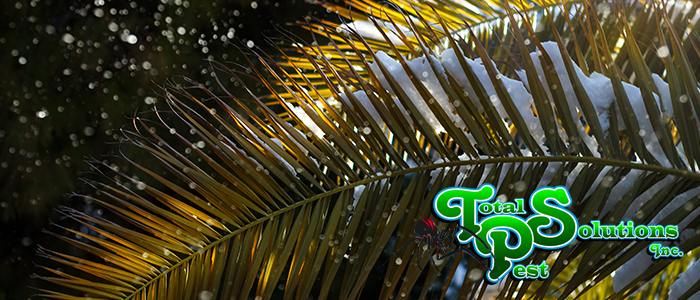
When we think about these little blood-suckers we almost always cringe at the thought. Perhaps feeling a bit of annoyance or disgust. These buzzing pests seem to always be around and no matter how much preventative measures we take, they always seem to find their way to us for a quick bite.
Understanding the pests that are mosquitoes will help us to better prevent them. Plus it never hurts to learn more about the things that bother us most, especially when we are doing our best to enjoy the outdoors and beautiful weather.
Only Female Mosquitoes Bite
That’s right, every time you are bitten for a blood meal it’s a lady. Meanwhile, the male mosquitoes take their meals from the nectar of flowers and plants, along with fruit. While the females equally enjoy these side dishes, when it comes to laying eggs she needs a bit more protein in her diet. And the best way for a mosquito to get that protein is by finding one of us. If successful, the lady mosquito will gorge herself on blood, about three times her own weight.
Mosquitoes Eggs In Water
Once the female mosquito has enjoyed enough blood she will then go and rest for a couple of days. After this resting period, she is ready to lay her eggs. The typical mosquito is able to lay up to 300 eggs at a time, which she deposits in clusters on the surface of stagnant water. These deposits are called ‘rafts’ and can be laid in as little as an inch of standing water, which is plenty for the eggs to hatch. A female mosquito will repeat this process up to a maximum of three times before she dies, giving the potential for 900 mosquitos to be born from a single mother. No wonder there are so many of them!
Larvae In Water
After the mosquito egg hatches the larvae will spend its first 10 days wriggling about. This method of moving about is how these larvae got the name of wigglers. These wigglers will feed on organic matter that is present within the stagnant water and surface for air. After the larval form, they developed into pupae or the cocoon stage. During this time they do not feed and they are only partially encased. It takes a few days for the pupae to morph into an adult mosquito, and the lifecycle begins anew.
A Mosquitoes Lifespan
The male mosquitoes lifespan as an adult lasts approximately a maximum of 10 days and is often even less than this. Females on the other hand – yes the ones who bite us – can live a full six to eight weeks. That being under ideal conditions during which time all the females will lay their batch of eggs every three days.
Female Mosquitoes Can Hibernate
Terrifying as it is, it’s true. Mosquitoes hibernate. They are cold-blooded and enjoy temperatures that are over 80 degrees Fahrenheit. If the temperature falls below 50 degrees Fahrenheit then their bodies will shut down for the winter. Some mosquito females of specific species will find holes to hide in during this time period. While others will go ahead and lay their eggs in stagnant water, where if it manages to freeze, the eggs will rest and hatch when the ideal conditions are met.
If you have a mosquito problem in your area, be sure to give our experts a call right here at Total Pest Solutions, we can come and assess the situation around your home and provide yard spraying services to help keep the mosquito population in check.
continue reading
Related Posts
Winter Palm Care in Lakeland: Cold Snap Protection Strategies Lakeland,
Holiday Pest-Free Homes in Winter Haven: Avoiding Cargo Pests As
Auburndale’s Mole Cricket Damage: Repairing Turf Before Frost As the






